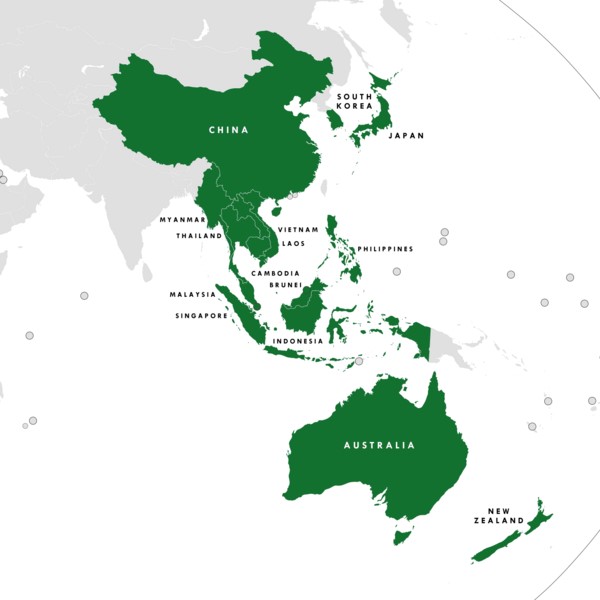The Union Cabinet, chaired by Prime Minister Shri Narendra Modi, has approved PM Vidyalaxmi Scheme recently.
References
Lassa fever has come into prominence after a recent case in Iowa, United States, involving the death of a traveler from West Africa.
Reference
The Haast’s eagle gone extinct 500 years ago stands as the largest eagle ever existed.

References
A biotechnology company in Massachusetts in the U.S. named Wave Life Sciences made for becoming the first company to treat a genetic condition by editing RNA at the clinical level.
|
DNA editing |
RNA editing |
|
|
|
|
Reference
The CEO of NITI Aayog recently said that India should join the Regional Comprehensive Economic Partnership (RCEP), a China-backed Asian trade bloc it rejected years ago.
Members of ASEAN were Brunei, Cambodia, Indonesia, Lao PDR, Malaysia, Myanmar, Philippines, Singapore, Thailand, and Vietnam.

Comprehensive and Progressive Agreement for Trans-Pacific Partnership (CPTPP) is a free trade agreement between 11 countries.
Reference
Economic Times | Regional Comprehensive Economic Partnership (RCEP)